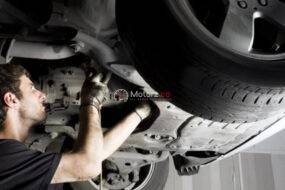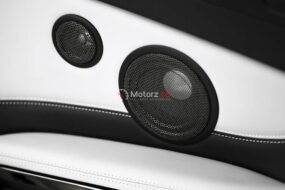Hard Shifting Discuss Reasons for Rough Gear Changes. Smooth and seamless gear changes are the hallmark of a well-functioning vehicle transmission. However, for many drivers, the frustration of experiencing hard shifting, characterised by jolts and jerks during gear changes, is all too familiar. In this article, we’ll dissect the intricacies of hard shifting and delve into the multifaceted reasons that contribute to this phenomenon.
Worn Clutch Components:
One primary culprit behind Hard Shifting is often found in the clutch system. Over time, the clutch disc, pressure plate, and flywheel can wear out, leading to a diminished ability to smoothly engage and disengage gears. The resulting friction can cause the gears to grind and shift abruptly, causing discomfort for the driver.
Low Transmission Fluid:
Transmission fluid is the lifeblood of the gearbox, providing lubrication and cooling to the various components. When the fluid level is low or dirty, it can compromise the transmission’s performance, leading to increased friction and resistance during gear changes. Regular maintenance, including fluid checks and changes, is crucial in preventing this issue.
Synchronise Issues:
Synchronises play a vital role in ensuring that gears mesh smoothly during shifts. When these components wear out or become damaged, they can fail to synchronise the speed of the rotating gears properly. This misalignment results in the characteristic grinding or clunking noises associated with hard shifting.
Faulty Transmission Mounts:
Transmission mounts secure the transmission to the vehicle’s chassis, providing stability and reducing vibrations. When these mounts wear out or become damaged, the transmission may move excessively during gear changes, leading to a rough and unsettling shifting experience.
Maladjusted Clutch Linkage:
Proper clutch linkage adjustment is crucial for maintaining the balance between the clutch pedal and the transmission. If the linkage is maladjusted, it can cause incomplete disengagement of the clutch, resulting in difficulty shifting gears smoothly. Periodic checks and adjustments can prevent this common cause of hard shifting.
Worn or Damaged Drive train Components:
Beyond the transmission itself, other drive train components, such as universal joints and CV joints, can contribute to hard shifting if they are worn or damaged. These components play a role in transmitting power from the transmission to the wheels, and any irregularities can manifest as rough gear changes.
Electrical Issues:
Modern vehicles rely heavily on electronic control systems to manage various functions, including shifting gears. Electrical issues, such as a malfunctioning transmission control module (TCM) or sensor, can disrupt the smooth operation of the transmission, leading to erratic gear changes.
Driver Habits:
Sometimes, the driver’s habits can also contribute to hard shifting. Rapid and forceful gear changes, especially without fully engaging the clutch, can place excessive stress on the transmission components, leading to premature wear and rough shifts.
Conclusion:
In the intricate dance of mechanical components that is a vehicle’s transmission system, Hard Shifting can emerge from various sources. From worn clutch components to electrical gremlins, each factor plays a role in disrupting the smooth transition between gears. Regular maintenance, attentive driving habits, and prompt attention to any signs of trouble can go a long way in ensuring that your vehicle’s shifting remains a seamless and comfortable experience.





